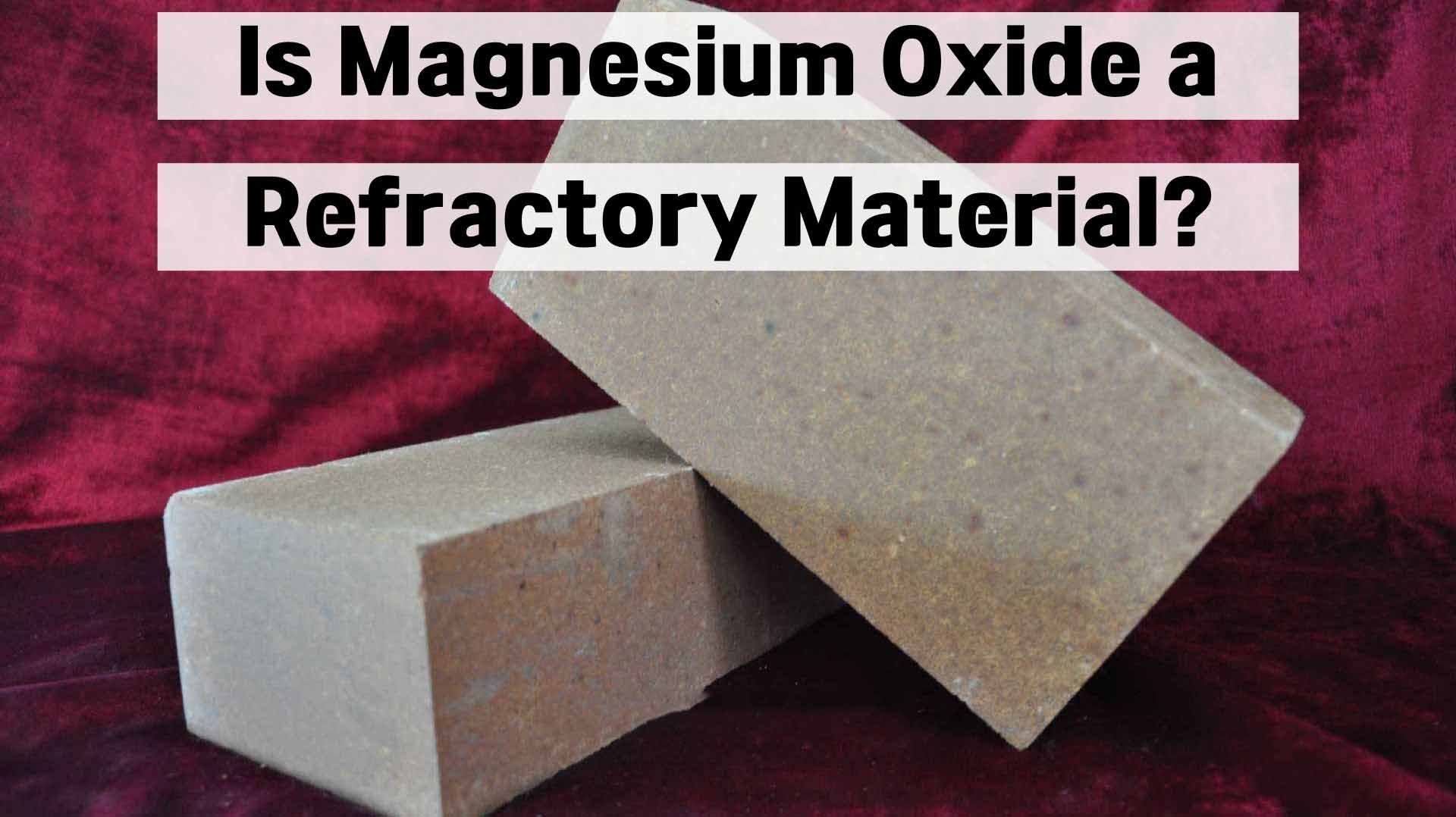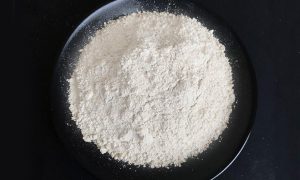- Alumina
- Boron Nitride
- Zirconia
- Other Ceramics
- Applications
- Contact

In the refractory industry, one of the materials widely used is magnesia. It is chemically known as magnesium oxide (MgO). Magnesium oxide is a choice material because of its impressively high thermal and low electric conductivities, which are highly coveted properties in refractory materials. So, yes, magnesium oxide is indeed a refractory material. In this post, we will discuss what magnesium oxide is, its properties, and its applications as a refractory material.
Magnesium oxide (MgO) is a white hygroscopic solid mineral, occurring naturally as periclase. The solid is physically and chemically stable at high temperatures. It is a natural source of magnesium (which is an important daily requirement in our nutrients), but magnesium oxide itself is produced by the calcination of magnesium carbonate or magnesium hydroxide. These properties make it an ideal refractory material.
MgO has several essential applications today. It is an unimportant constituent of Portland cement in dry process plants. Magnesium oxide material is also utilized to treat wastewater, soil and groundwater remediation, treatment of drinking water, air emissions treatment, etc. Even in the food industry, it is used as a food additive where it serves as an anti-caking agent.

Magnesium oxide Powder
MgO is, by far, most utilized by the refractory industry than in any other area or industry worldwide. In the United States, the refractory industry alone consumed about 56% of the magnesium oxide in 2004, while the rest was channeled into agriculture, chemical manufacturing, construction, and many other applications.
Magnesium oxide (MgO) is used to produce essential materials, such as monolithic gunnables, rammables, castables, spinel formulations, and magnesia carbon-based refractory bricks. All these are used extensively in steel refractory linings. In refractory applications, limestone serves as a primary flux for removing slag.
Refractory materials are materials that can withstand very high temperatures (above 1,000°F or 538°C), which is typical of many manufacturing processes. They help preserve the industrial processes where heat is encountered. Refractory materials are more heat-resistant than metals. These materials are used to line the hot surfaces inside industrial production plants. Magnesium oxide is one such material.
It is used as a basic refractory material for crucibles and many industrial processes. The properties discussed above all contribute to the use of magnesia (MgO) as a refractory material. It has a wide availability and is relatively affordable. This makes magnesium oxide (MgO) the choice refractory material for heat-intensive metal, glass, and fired-ceramic applications.
Magnesium oxide is also used as an insulator in heat-resistant electrical cables. In ceramics, magnesium oxide doping is effective for inhibiting grain growth in ceramics and improving their fracture toughness.
Aside from its application as a refractory, magnesium oxide is widely used in many other applications, such as agricultural, mining, catalysts, power generation, pulp bleaching, wastewater treatment, etc.
Below are some essential requirements for selecting refractory materials:
Besides the few listed above, there are several other suitable refractory materials used in many industrial processes today. When selecting material for the refractory application, you have to be sure that they satisfy the criteria highlighted above for the best results.
Thank you for reading our article and we hope it can help you to have a better understanding of magnesium oxide as a refractory material. For more information about ceramic materials, please visit https://www.speciaLceramicparts.com/.